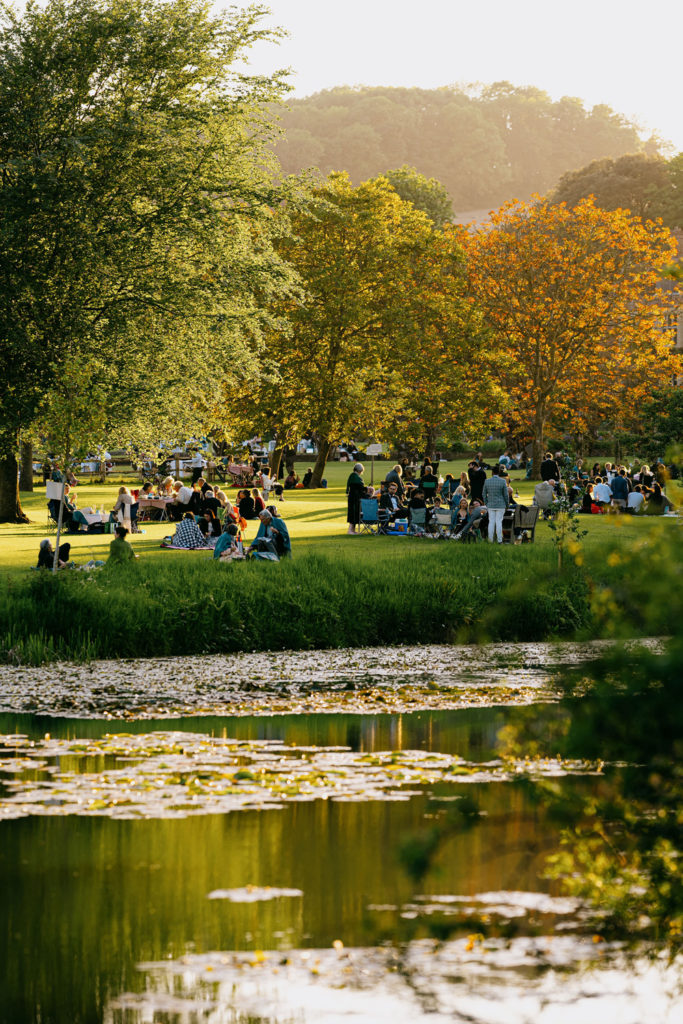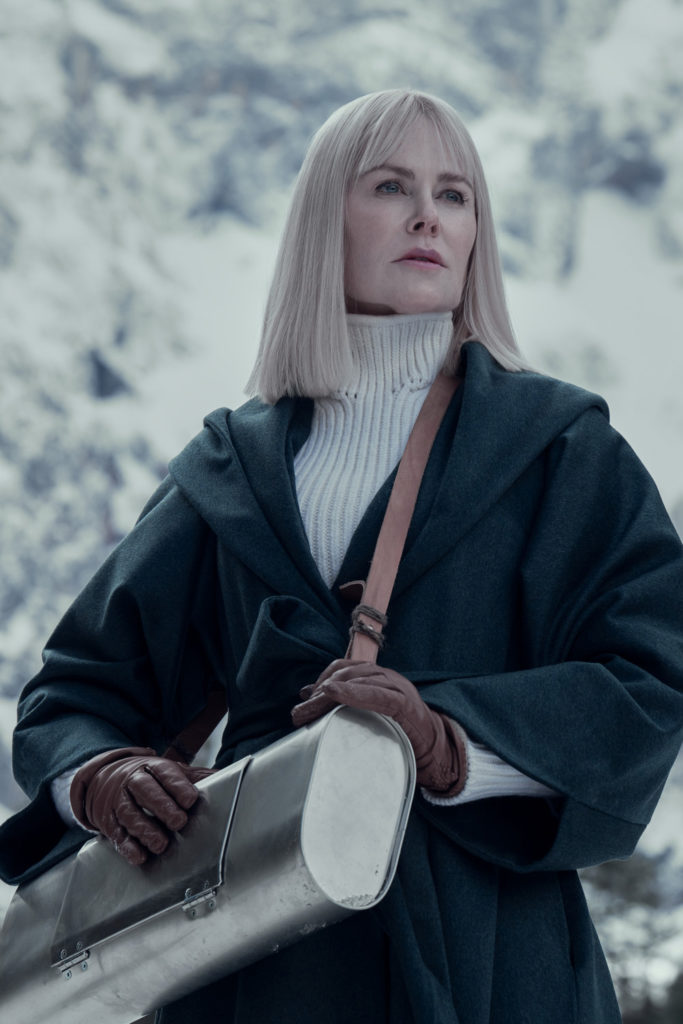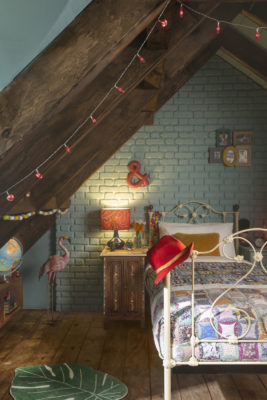
A Photographer’s Guide To Aurora Borealis
By
6 months ago
5 top tips
It’s been a big year for the Northern Lights, with a colourful glow cast across the skies as far south as London earlier this year. If you missed it (or you simply can’t get enough), lucky us: 2025 promises even more solar activity as the sun reaches its Solar Maximum in its 11 year cycle – meaning even more moments of the Aurora Borealis lighting up the sky.
In this modern age, your first reaction to seeing these otherworldly colours might be to whip out your phone, snap a pic and upload it onto your Instagram story. Easier said than done, but we’ve got some top tips from astronomer and astrophotographer Matt Robinson to ensure your photos stand out from the crowd.
Matt is part of the team at The Aurora Zone, the UK’s first travel company specialising in Northern Lights adventures. ‘Seeing the Northern Lights in the UK is not a patch on seeing them in the Aurora Zone,’ Matt says. ‘In the northern Arctic regions, the aurora is observed a few times a week, and it’s much more spectacular. As visitors are closer to the magnetic north pole, the displays in these areas can take over the whole sky and fill it with multiple colours, a display like this in the UK is seen once a decade. In my experience, solar maximum is a great time to see the northern lights from the UK, but it’s an even better time to see it from the Aurora Zone.’
Whether you’ll be staying on home shores or you’re planning an Arctic adventure (The Aurora Zone can also arrange husky and snowmobile safaris through snow-covered forests, unforgettable hovercraft rides around Arctic islands, and more uniquely winter experiences), here are five top tips for taking a great photo of the Northern Lights, so you’re always prepared for nature’s spontaneous light show.
How To Take A Photo Of The Northern Lights

Northern Lights Village Levi (The Aurora Zone)
1. Understand Why We See the Northern Lights
‘The Northern Lights are a direct result of solar activity,’ Matt says. ‘When the sun’s surface becomes active with sunspots and solar flares, charged particles are released into space. If these particles collide with Earth’s atmosphere, they cause the stunning displays we know as the Northern Lights.’
2. Understand Your Camera
‘Preparation is key when photographing the Northern Lights, especially when it comes to camera settings,’ Matt says. ‘Mastering the “exposure triangle” – ISO, Exposure Time, and Aperture (F-Stop) – is essential to capturing the perfect shot.
- ISO: A setting around 1600 is ideal for a dark sky—high enough to capture light but not so high that it creates a noisy image.
- Exposure Time: Since travellers will be shooting in low light, longer exposure times are needed. However, be cautious—if the lights are active and moving, a longer exposure can blur them. A tripod is essential to keep the camera steady during long exposures.
- Aperture: Opt for the widest aperture (lowest F-stop) the camera allows to let in as much light as possible.
‘It’s also not a problem if travellers don’t have a digital camera,’ Matt adds. ‘Many modern smartphones are now equipped to handle long exposures, and with the right conditions, can capture impressive Northern Lights images.’

Aurora husky hike & Aurora husky visit. (Tromso Villmarkscamp/The Aurora Zone)
3. Dress Appropriately
‘Aurora hunting usually happens during winter, especially in regions like the Arctic Circle,’ Matt says. ‘Be well prepared with warm clothing—there’s nothing worse than trying to adjust the camera settings with freezing hands. Dress in layers, wear thermal gloves and socks and always check the weather before heading out.’
4. Finding The Best Location
‘To maximise the chances of seeing and photographing the Northern Lights, it’s essential to find a location with dark skies and a clear northern horizon,’ Matt says. ‘Light pollution from nearby towns or cities can wash out the aurora, so head to rural areas or coastal locations away from artificial lights. Northern Finland, being so close to the magnetic north pole, offers spectacular displays and The Aurora Zone’s tours are designed to take travellers to prime aurora-viewing spots.’
5. Enjoy & Be Patient
‘Even during periods of high solar activity, the Northern Lights don’t always appear on command,’ Matt says. ‘The aurora can come and go in waves, so patience is key. Travellers should choose a spot, stay warm, and be prepared for a bit of a wait. If conditions are right but the lights don’t appear immediately, don’t lose hope. The best advice is to head as far north as possible! Travelling to the Arctic Circle with The Aurora Zone not only increases the chances of seeing the lights, but it also guarantees an unforgettable experience under the Arctic sky.’
Learn more about The Aurora Zone and book your adventure at theaurorazone.com







